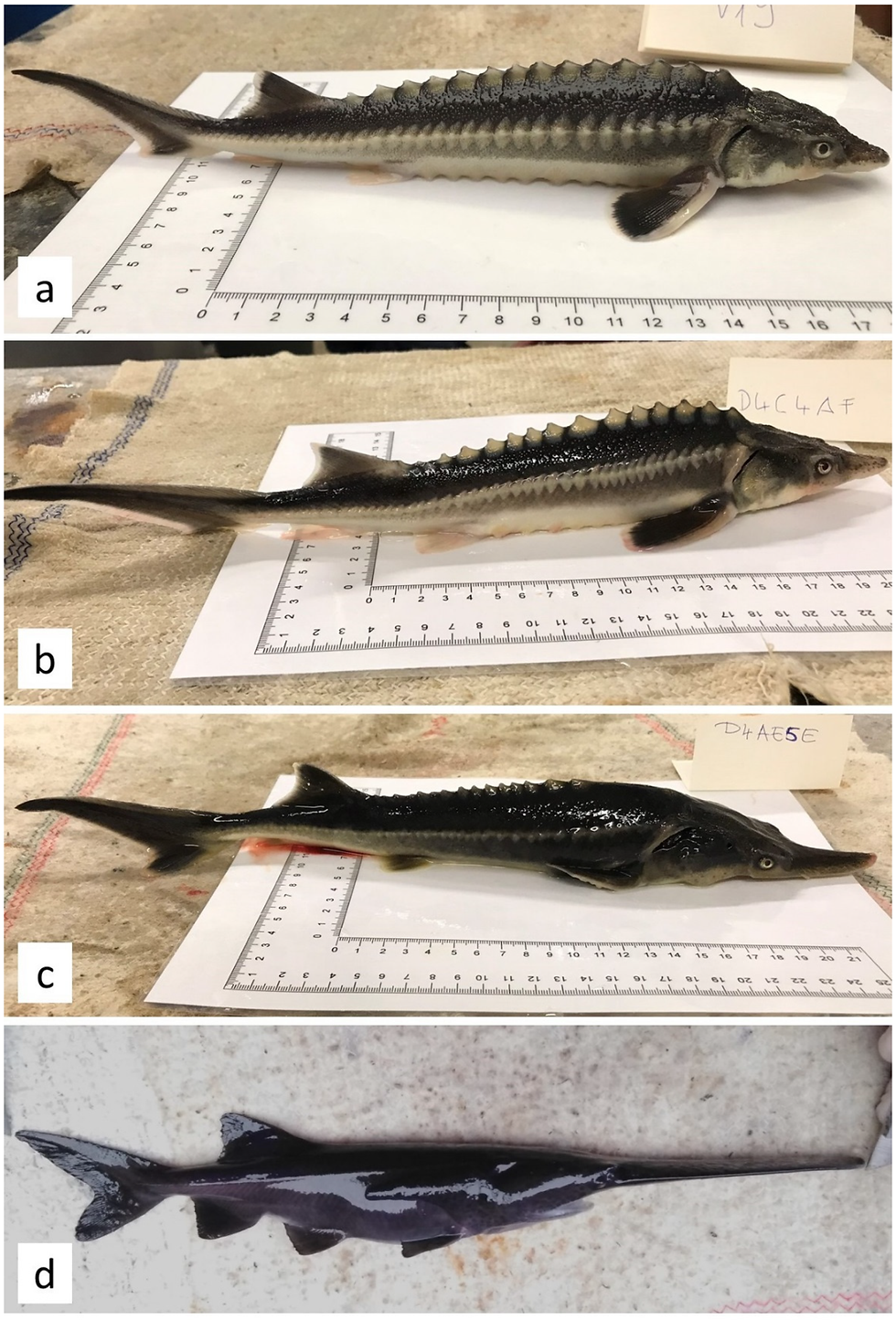The Issue of Hybridization
- sulevaivelina
- Aug 11
- 2 min read

Hybridization: a hidden threat to sturgeon diversity
Hybridization happens when individuals from different species reproduce, creating hybrid offspring. While this can occur naturally, it is becoming more frequent among sturgeons — and that’s a warning sign.
Why is this happening?
In the Black Sea, sturgeon populations have dropped drastically due to overfishing, habitat loss, and pollution. With fewer potential mates of their own species, some sturgeons reproduce with other species. This phenomenon — known as Hubbs’ “desperation” hypothesis — can lead to crossbreeding events rarely seen in healthy populations.
Why is this a problem?
Many sturgeon hybrids have low fertility, which reduces the number of offspring that can help populations recover. They also compete with reproductively capable sturgeons, making natural replenishment even harder. Over time, this can dilute the genetic identity of distinct sturgeon species, undermining their long-term survival.
A surprising example
Scientists in Hungary once bred a hybrid between a Russian sturgeon (Acipenser gueldenstaedtii) and an American paddlefish (Polyodon spathula) — two species that diverged nearly 184 million years ago! While fascinating from a research perspective, such inter-family hybrids could cause severe genetic disruption if they entered the wild.
Conservation efforts must therefore focus not only on restoring habitats and preventing overfishing, but also on protecting the unique genetic heritage of each species.

Monitoring Challenges and Conservation Implications
For the purposes of monitoring endangered species, hybridization introduces a significant challenge. In the wild, the presence of hybrids makes it increasingly difficult to accurately identify fish species. This complicates assessments of population dynamics and, as a result, undermines the development of effective conservation strategies. Without clear data on the abundance and status of pure species, efforts to restore and protect sturgeon populations risk being misdirected or insufficient.
Resources and additional information:
WSCS: Hybridization – an advantage and a risk 👉 https://www.wscs.info/biology/hybridization-an-advantage-and-a-risk/
Genes Journal: Hybridization of Russian Sturgeon and American Paddlefish 👉 https://doi.org/10.3390/genes11070753
Wikipedia: Sturddlefish 👉 https://en.wikipedia.org/wiki/Sturddlefish
Life Journal: Fertility of sturgeon-paddlefish hybrids 👉 https://sciprofiles.com/publication/view/4d74e2986d5206c451dfc85044627142
PeerJ: Hybridization between paddlefish and sterlet 👉 https://sciprofiles.com/publication/view/ac90fac2f8fe60f7c87719f7cfce9e47
Conservation Genetics: Interspecific hybridization in the Eastern Black Sea 👉 https://link.springer.com/article/10.1007/s10592-021-01413-7




Comments